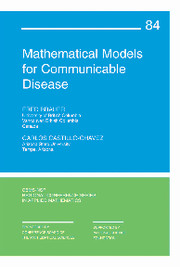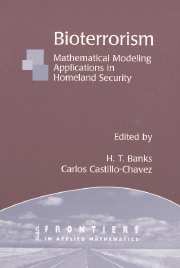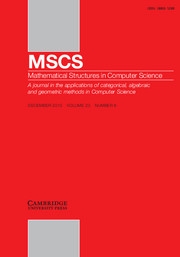Mathematical Models for Communicable Diseases
This self-contained textbook provides a comprehensive guide to the mathematical theory of disease transmission models. General theory is presented alongside models for specific diseases and related phenomena, with exposition that is accessible to those who are comfortable with calculus, elementary differential equations and linear algebra. The reader will gain insight into the modeling of: cross-immunity between different disease strains (such as influenza); synergistic interactions between multiple diseases (such as HIV and tuberculosis); diseases transmitted by viral agents, bacteria and vectors; and, both epidemic and endemic disease occurrences. This text is ideal for a graduate level course for students in mathematics, or for students of epidemiology with strong mathematics backgrounds. The material within will also be of interest to researchers in epidemiology and related areas, and those involved with the development of public health policy.
- A self-contained guide to mathematical epidemiology, accessible to students
- An up-to-date treatment of the subject, featuring new results
- Describes models for a wide range of diseases and related phenomena
Product details
No date availablePaperback
9781611972412
292 pages
251 × 171 × 19 mm
0.5kg
Table of Contents
- Preface
- 1. Compartmental epidemic models
- 2. Models for endemic diseases
- 3. Heterogeneity in epidemic models
- 4. Models structured by age
- 5. Models for diseases in highly mobile populations
- 6. Modeling influenza
- 7. Models for the dynamics of influenza
- 8. Models for the transmission dynamics of HIV
- 9. Dynamical models of tuberculosis and applications
- 10. Models for sexually transmitted diseases
- Index.







